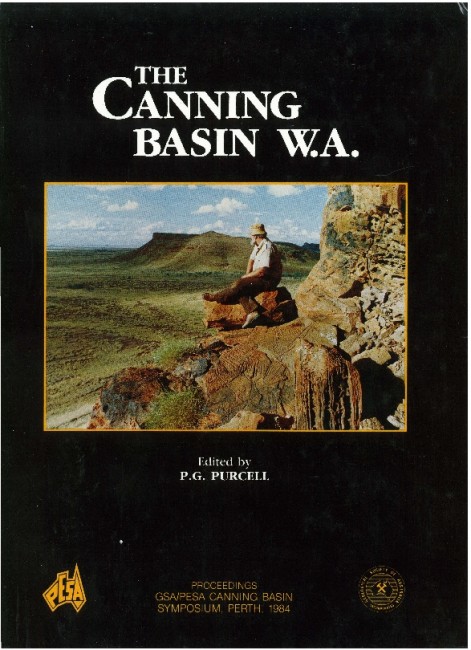Publication Name: The Canning Basin, W.A.
Authors: W.K. Norlin
Date Published: December 1984
Number of Pages: 19
Reference Type: Book Section
Abstract:
Exploration drilling in the Great Sandy Region of the southern Canning Basin, although extremely sparse, has provided encouraging signs that hydrocarbon accumulations may be found in this area. The primary oil reservoirtarget, Ordovician Nita Formation carbonates, were deposited in a shallow water tidal environment along the Broome Platform. These carbonates have usually exhibited very poor reservoir characteristics. The Great Sandy No. 1 well, from which data are here presented, showed that enhanced porosity resulting from post depositional dolomitization of the Nita formation has developed. Dolomitization appears closely related to proximity to faults which have acted as conduits for migrating fluids. Additionally, both hydrocarbon migration and development of structure rely either directly or indirectly on faulting. Faulting thus becomes a crucial mechanism in developing favourable loci for hydrocarbon accumulations in this region.
The key to successful exploration in the Great Sandy area is the careful seismic mapping of fault patterns followed by drilling traps in close proximity to the major faults. These traps will combine structural and stratigraphic (diagenetic) elements. Several attractive leads following this model are known to exist.


